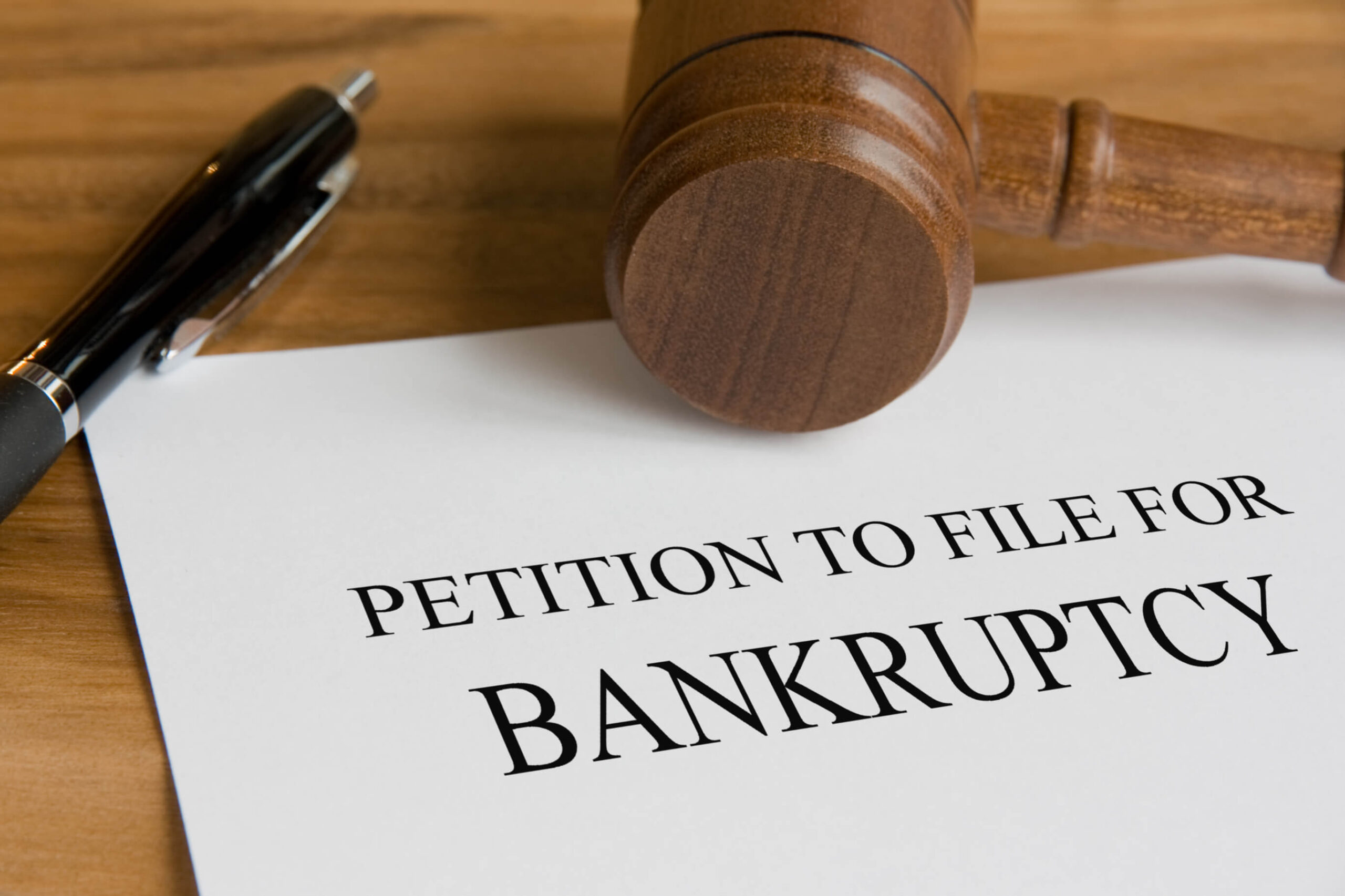Getting through bankruptcy once is concerning and confusing enough. But what happens if you need to discharge debts again?
This guide will explain the basics of multiple bankruptcy filings. If you have faced unexpected difficulties or are simply curious, it is important to understand the rules and what they mean.
Explore the nuances of this topic and find the peace of mind that comes with knowing your options!
Bankruptcy Basics
Bankruptcy is a last resort that offers relief and a chance to start anew financially. Federal law governs it. It allows individuals and businesses to handle their debts.
Its goal is to offer a financial reset. However, filing for bankruptcy impacts credit scores and future financial options.
There are two bankruptcy filings that are the most common: Chapter 7 and Chapter 13. Chapter 7, or liquidation bankruptcy, involves selling certain assets to pay debts. It offers a quick resolution but requires passing a means test. Chapter 13, known as wage earner’s bankruptcy, suits individuals with a steady income. The choice depends on factors like income, assets, and debt types.
Bankruptcy can be a lifeline for those drowning in debt, but it’s vital to understand its consequences. A bankruptcy filing can stay on your credit report for up to ten years. Also, not all debts are dischargeable. It’s crucial to consider all aspects and possible outcomes before proceeding.
Rules for Filing for Bankruptcy Multiple Times
The prospect of filing for bankruptcy more than once depends on specific federal rules. These time restrictions vary based on the type of bankruptcy filed previously.
For instance, after a Chapter 7 bankruptcy, an individual must wait eight years before filing for Chapter 7 again. However, if switching from Chapter 7 to Chapter 13, the waiting period is only four years. Similarly, following a Chapter 13 bankruptcy, you must wait two years to file for Chapter 13 again.
Understanding the difference between dismissed and discharged bankruptcies is crucial. A discharge occurs when the bankruptcy process finishes, and you no longer have to pay the discharged debts.
In contrast, a dismissal means the bankruptcy filing ended completion. The rules for refiling are not as strict, but they may still have conditions or waiting periods imposed by the court.
In addition to standard rules, special circumstances can influence the ability to file again. For instance, the court might allow an earlier filing in cases of extreme hardship. Additionally, it’s essential to stay informed about recent legal changes that might affect the rules. During economic crises or pandemics, temporary amendments are made to bankruptcy laws.
Alternatives and Preventive Strategies
Repeatedly filing for bankruptcy can have lasting and escalated financial repercussions. Each instance goes on your credit report, potentially diminishing your score. This decrease can hinder your ability to acquire loans, credit cards, and favorable interest rates. Additionally, filing multiple times can make your financial situation worse by adding up the costs of legal and court fees.
The emotional consequences of multiple bankruptcies are also significant. The associated stress and stigma can lead to feelings of embarrassment, anxiety, and a sense of failure. These feelings can strain personal relationships and contribute to mental health challenges.
Recovering from several bankruptcies requires time, resilience, and a proactive financial approach. It’s about more than dealing with the immediate effects. You need to rebuild your credit, regain your financial footing, and fundamentally change how you handle your money.
Seeking Professional Guidance
Exploring alternatives is crucial in seeking a more stable financial pathway. Debt consolidation, which combines multiple debts into one amount, often at a lower interest rate, can be a practical option. It’s valuable to negotiate directly with creditors. This can help reduce payments or extend terms. Many creditors would prefer to receive a partial recovery. Furthermore, credit counseling services can be a great resource.
Learning the fundamentals of budgeting, responsible credit use, and the ramifications of debt are critical. Regular reviews of credit reports can help identify potential problems early, such as identity theft or errors. Continuous awareness and education about financial matters are an ongoing process.
Talk to a Bankruptcy Lawyer About Filing for Bankruptcy Again Today
Deciding to file for bankruptcy more than once carries significant financial and emotional weight. This article explores the crucial rules, potential implications, and viable alternatives. However, the road ahead deserves thorough understanding and careful consideration.
Consider finding professional advice before you take any drastic actions. A local bankruptcy attorney can provide perspective and invaluable advice about the next steps.
Our representatives are ready to take your call anytime. You can ask for a referral to legal help by calling (866) 345-6784 or submitting our quick form!

